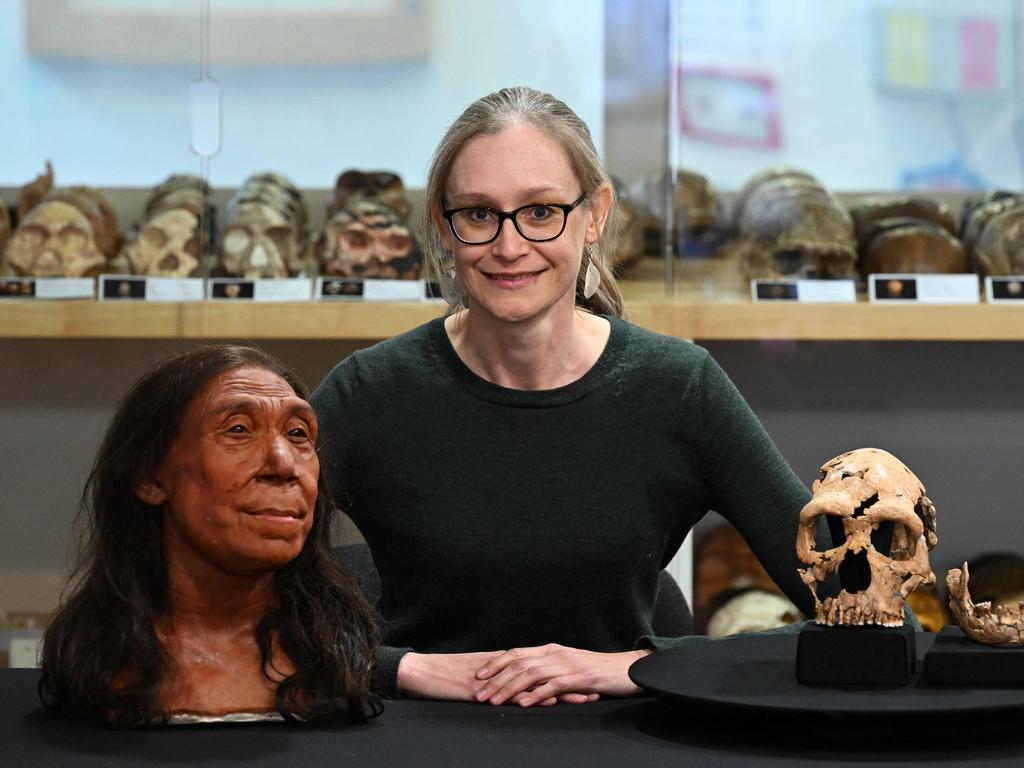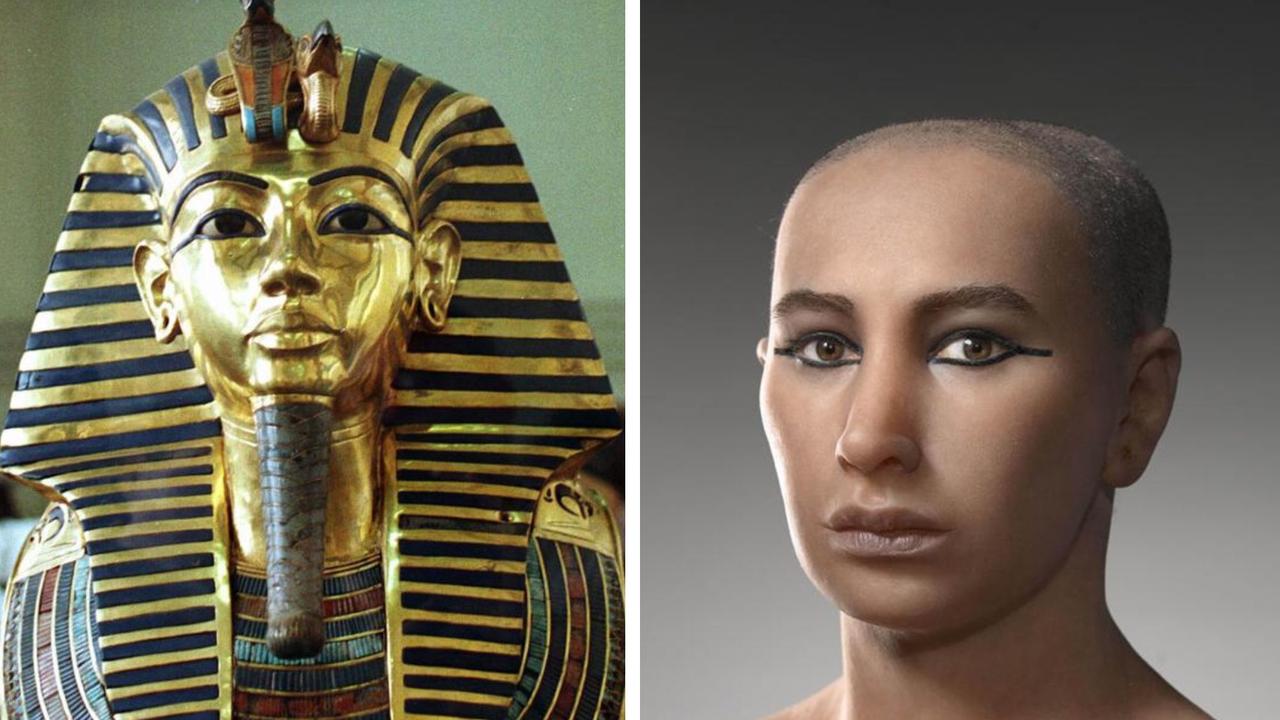Stunningly lifelike face of Neanderthal woman in her 40s from 75,000 years ago recreated after ‘best-preserved’ skull found
A model of a 40-year-old Neanderthal woman’s face from 75,000 years ago has been recreated from one of the most well-preserved skulls ever discovered.

A model of a 40-year-old Neanderthal woman’s face from 75,000 years ago has been recreated from one of the most well-preserved skulls ever discovered.
The recreation represents an exciting breakthrough that shows what Neanderthals looked like when they were alive.
The reconstructed face was revealed by a team of archaeologists from the University of Cambridge in a report on Thursday.
The Neanderthal woman has been named Shanidar Z after the Iraqi Kurdistan cave where the skull was found in 2018.
Researchers said the recreation of Shanidar Z adds evidence on how humans and Neanderthals did not look worlds apart.
Neanderthal skulls have different bone structures than human skulls making researchers believe there were major differences in appearance in the past.
However, the imaging shows Neanderthal’s overall features to be very similar to humans.

“The skulls of Neanderthals and humans look very different” to ours, Dr. Emma Pomeroy, a palaeoanthropologist at Cambridge, said in the report.
“Neanderthal skulls have huge brow ridges and lack chins, with a projecting midface that results in more prominent noses.
“But the recreated face suggests those differences were not so stark in life.”
Many humans today have traces of Neanderthal in their DNA meaning at one point the two were breeding.
This has caused researchers to wonder how humans and Neanderthals were interacting with one another thousands of years ago.
The closeness in features between humans and Neanderthals shows researchers that it was probably pretty normal and non-conflicting for them to interact.

“It’s perhaps easier to see how interbreeding occurred between our species,” Pomeroy continued.
“To the extent that almost everyone alive today still has Neanderthal DNA.”
The skull of Shanidar Z was smashed into 200 pieces when it was discovered and scientists had to piece it back together to study it properly.
Researchers believe the skull got smashed possibly after a rockfall which may have caused her to die.
The skull was pieced together by hand and was extremely meticulous.
“It’s like a high stakes, 3D jigsaw puzzle,” Pomeroy added.

“A single block can take over a fortnight to process.”
Shanidar Z was also discovered during a remarkable find with 10 other Neanderthal remains in the Iraqi Kurdistan cave.
But Shanidar Z is “perhaps the best-preserved individual to be found this century,” Cambridge said.
Her skull is also featured in a Netflix documentary released last Thursday.
The documentary is called Secrets of the Neanderthals.
This article originally appeared in The Sun and was reproduced with permission





